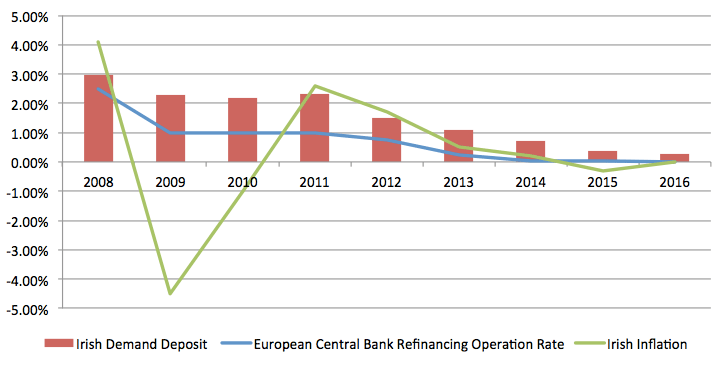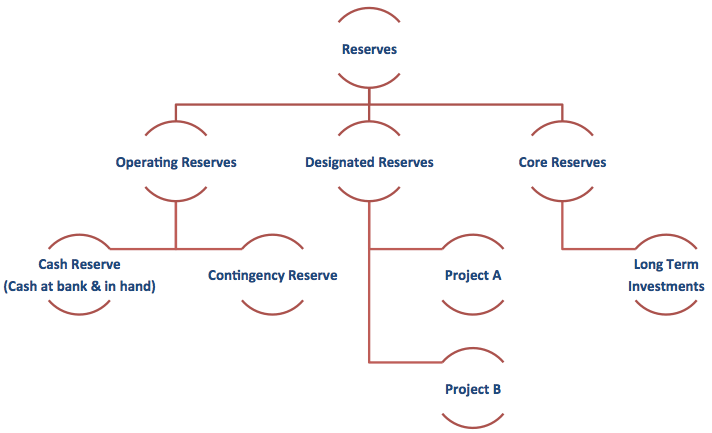The management and governance of a hospital is correctly driven first and foremost by its mission and social purpose. In this context, management must often grapple with maximising limited financial resources while retaining a balance between what is available and what needs to be achieved, write Ian Brady and Donnchadh O Mordha.

Leaning too heavily on mission, rather than resources, can lead to financial difficulties, under-investment in infrastructure and legitimate concerns around sustainability. However, just as undesirable is a hospital weighed down by an overemphasis on its finances to the detriment of its social purpose. Finding a balance is the challenge in this instance.
Leading hospital groups are typically successful in matching their investment pool with their strategic intent. They have a deep understanding of the nature of their finances, the variability of those finances and their expected evolution in the near future. By stress testing future budgets and examining their ability to withstand a material change in their funding environment, they develop robust reserve and investment policies to withstand this.
Hospitals are traditionally conservative investors, operating on tight margins.

Hospitals are traditionally conservative investors, operating on tight margins. However, the definition of conservative investment can vary from region to region and indeed from hospital to hospital. To some, risk management in an investment context means capital preservation at all costs and to others it means preserving capital in real terms relative to inflation.
While a modest return would traditionally have been achievable for hospitals with minimal risk via cash deposits or fixed income investments, achieving such returns today inevitably requires some element of investment risk in the current low interest rate environment. This is particularly true if and when inflation, either headline or more specific healthcare measures, begins to rise once more.
Trending decline in Irish deposit rates (Source: Central Bank of Ireland, CSO)

In addressing the investment needs of hospitals, it is a mistake to begin by targeting a particular return. First and foremost, those responsible need to understand the strategic objectives and capital plans of the hospital. From there, it is possible to gain an understanding of the level of investment risk that the hospital both requires and can tolerate. Only then is it appropriate to focus on the level of return that can reasonably be expected for that given level of risk.
While nearly all hospitals will hold some reserves, the quality and depth of the policies governing the investment of these reserves can vary. Best practice investment governance for hospitals begins with their Investment Policy Statement. Such a document sets the objectives for the institution’s entire investment process. The more expansive and informative the policy statement, the more durable it is likely to be under all market and economic conditions, but especially during periods of stress.
Good investment governance also breeds trust and confidence and puts the hospital in a better position to attract and retain committed donors and talented staff.
An effective investment policy statement apportions capital and reserves in an appropriate manner, provides a framework for investment strategy continuity and supports succession planning by helping trustees and directors familiarise themselves with the investment programme. Good investment governance also breeds trust and confidence and puts the hospital in a better position to attract and retain committed donors and talented staff.
At a high level, the following components are often included in such a policy statements:
- Purpose of the investment pool
- Capital tranches and their objectives
- Investment strategy & asset allocation
- Time horizon and liquidity
- Required return and benchmarking
- Responsible investment policy
- Spending policy
All elements of such a policy stem from the first two items, documenting the purpose(s) of the investment pool and apportioning capital in a manner that ensures the sustainability of the hospital. There is no one size fits all in such a framework but a simple visualisation may look something like the below.
Sample apportionment of capital (Source: Davy)

Reserves are segmented into tranches and rules are put in place around how these tranches may be invested. Many hospital groups adopt an asset mix akin to that of US health care facilities. This will often involve embracing a range of asset classes invested across multiple investment managers and in most cases reflects the ethos of the institution through socially responsible investment practices.
In conclusion, effective investment and reserve policy can play a vital role in supporting hospitals in maintaining long term structural balance. Married with a strategic vision, it can support the growth of their mission into the future.
The Davy Group is Ireland’s leading provider of asset management, wealth management, capital markets and financial advisory services.
Within Davy, Ian Brady and Donnchadh Ó Mórdha act as advisers to a range of institutional entities, in particular hospital groups, educational facilities, cooperatives and non-profits.
Warning: The information in this article does not purport to be financial advice and does not take into account the investment objectives, knowledge and experience or financial situation of any particular person. You should seek advice in the context of your own personal circumstances prior to making any financial or investment decision from your own independent adviser.
Ian Brady is Head of Davy Charities and his colleague Donnchadh O Mordha, is Senior Investment Adviser.. J&E Davy, trading as Davy, is regulated by the Central Bank of Ireland. Davy is a member of the Irish Stock Exchange and the London Stock Exchange. In the UK, Davy is authorised by the Central Bank of Ireland and authorised and subject to limited regulation by the Financial Conduct Authority. Details about the extent of our authorisation and regulation by the Financial Conduct Authority are available from us on request.

